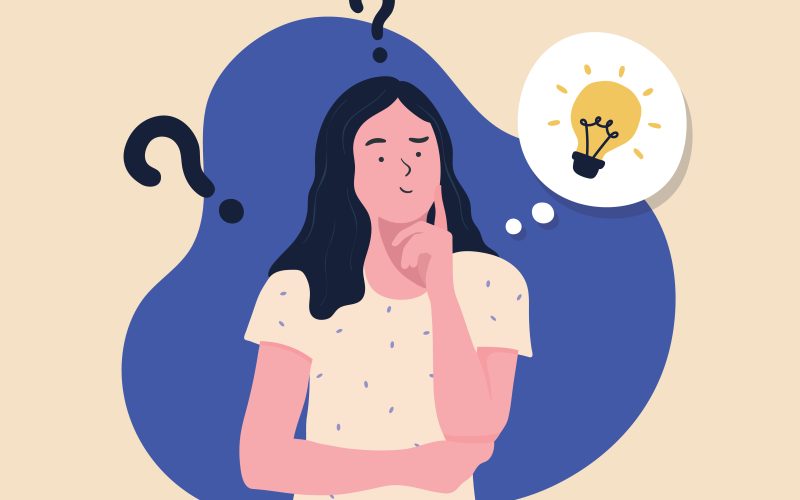1. Introduction: Understanding the Question
The question of why people might assume someone is gay is deeply personal and often prompts individuals to reflect on their own identity, experiences, and interactions with others. In this comprehensive exploration, we will delve into the various factors that contribute to perceptions of sexual orientation and seek to understand the underlying reasons behind such assumptions.
2. Social Stereotypes and Expectations
Social stereotypes and expectations surrounding gender and sexuality play a significant role in shaping perceptions of sexual orientation. Society often imposes rigid norms and ideals regarding masculinity and femininity, leading to assumptions about a person’s sexual orientation based on how well they conform to these standards. For example, individuals who defy traditional gender roles or exhibit traits considered to be “non-conforming” may be more likely to be perceived as gay, regardless of their actual orientation.
3. Appearance and Fashion Choices
Appearance and fashion choices can also influence perceptions of sexual orientation. Society often associates certain styles of dress, hairstyles, and grooming habits with specific sexual orientations, leading people to make assumptions based on external factors. However, it’s essential to recognize that one’s outward appearance does not necessarily reflect their true sexual orientation, and assumptions based on appearance alone can be misleading and harmful.
4. Vocal and Behavioral Traits
Vocal and behavioral traits are often linked to stereotypes about sexual orientation. Speech patterns, gestures, and mannerisms may be perceived as indicators of someone’s sexual orientation, even though these traits are not inherently tied to one’s identity. Individuals who exhibit vocal or behavioral traits that are commonly associated with a particular sexual orientation may find themselves the subject of assumptions or speculation from others, regardless of their actual orientation.
5. Personal Relationships and Social Circles
The nature of a person’s personal relationships and social circles can influence perceptions of their sexual orientation. People may make assumptions based on who someone spends time with, whether they have romantic partners of a particular gender, or how they interact with members of the same or opposite sex. However, it’s important to recognize that the nature of someone’s relationships does not necessarily reveal their sexual orientation, as friendships and personal connections can vary widely regardless of sexual identity.
6. Cultural and Religious Beliefs
Cultural and religious beliefs can strongly influence attitudes toward homosexuality and impact how people perceive others’ sexual orientation. In cultures or religious communities where homosexuality is stigmatized or condemned, individuals may be more likely to assume someone is gay based on certain behaviors or characteristics. However, it’s crucial to challenge these stereotypes and promote understanding and acceptance of diverse sexual orientations.
7. Media Representation and Stereotypes
Media representation plays a significant role in shaping perceptions of sexual orientation. LGBTQ+ individuals are often portrayed according to stereotypes and tropes in movies, television shows, and other forms of media, which can reinforce societal attitudes and influence how people perceive others’ sexual orientation. It’s important to critically examine media representation and challenge harmful stereotypes that contribute to assumptions about sexual orientation.
8. Personal Identity and Self-Expression
Personal identity and self-expression are fundamental aspects of human experience, and everyone has the right to define their own sexual orientation and gender identity. While assumptions about someone’s sexual orientation may arise based on external factors or societal norms, it’s essential to respect individuals’ right to self-identify and express themselves authentically. Creating a supportive and inclusive environment where people feel comfortable exploring and embracing their identity is crucial for fostering understanding and acceptance.
Conclusion: Embracing Diversity and Understanding
In conclusion, the question of why people might think someone is gay is complex and multifaceted, rooted in societal norms, cultural beliefs, and individual perceptions. By examining the various factors that contribute to these assumptions, we can better understand the nuances of sexual orientation and work towards creating a more inclusive and accepting society. It’s essential to challenge stereotypes, promote empathy, and respect individuals’ right to self-identify without judgment or prejudice. By embracing diversity and celebrating the richness of human experience, we can create a world where everyone feels valued, accepted, and understood.
Read More: How to Delete lyft Ride History


